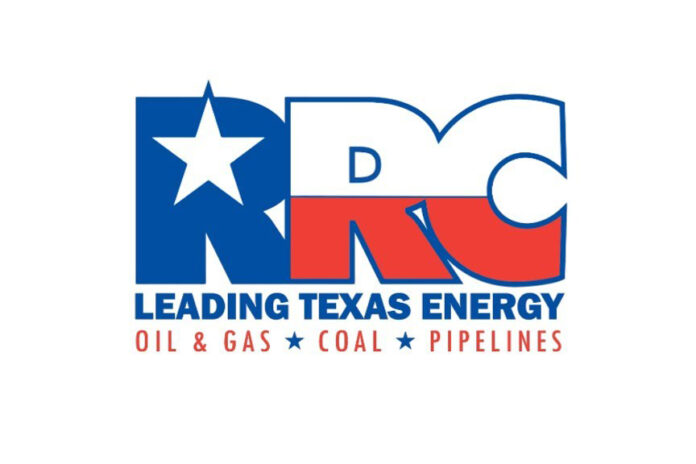Texas Railroad Commission Spokesman Andrew Keese said Thursday that the RRC is actively monitoring earthquakes that occurred this week in the Midland-Odessa region.
“RRC inspectors will inspect operations of disposal wells in the immediate area of the seismic activity, and our staff is also analyzing the seismic data and will decide on what further action needs to be taken,” Keese said via email following several quakes on Wednesday and another Thursday.
“This is a continuation of our coordinated response in the Gardendale Seismic Response Area (Midland-Odessa) to ensure that all measures are taken to protect the public and the environment. Actions taken thus far include requiring seven deep disposal wells in the Gardendale SRA to suspend injection until further notice.”
In the last 48 hours, there have been three different earthquakes that were felt around Gardendale.
A 3.6 magnitude earthquake was reported by the United States Geological Survey Wednesday before a 3.7 magnitude quake was reported, both of which were around Gardendale.
A 3.3 magnitude earthquake was reported by the USGS in the early hours of Thursday, around 4:01 a.m. in the same area.
Geophysicist Don Blakeman who works at the National Earthquake Information Center in Golden, Colo., says that the majority of the earthquakes that have been felt in the Permian Basin are induced quakes.
“Most of the quakes, and we can’t tell just by looking at the waveforms, but most of these quakes that are happening out in the Permian Basin area and further West Texas, a lot of those are induced quakes due to the reinjection of fracking fluids,” Blakeman said. “If I look at a specific quake and the waveforms, I can’t tell from that information if they’re induced earthquakes or not. But we had such a flurry of these often that most of them, if not all of them, are induced.”
Prior to the most recent earthquakes, six earthquakes of magnitude (M) 3.5 or greater have occurred in an area of the Midland Basin from northeast Ector County to Gardendale Seismic Response Area (SRA), the Texas Railroad Commission website details.
These included a M 3.7 earthquake in southwestern Martin County, about eight miles northwest of Midland, on Sept. 7, 2021, and two M 3.6 earthquakes northeast of Odessa in February 2020 and May 2021.
The Railroad Commission of Texas has authority to regulate Saltwater Disposal well activity and may exercise that authority to address seismic activity, a September report on the website details. The RRC staff’s analysis of available information has determined that SWD injection likely contributes to seismic activity in the Gardendale SRA. Therefore, the RRC has requested that operators in the Gardendale SRA reduce SWD activity as a means of altering conditions likely contributing to seismic activity. The RRC anticipates these procedures to be in place for at least a year from initiation. The RRC has identified 76 permitted SWD wells in the Gardendale SRA and the operators of those wells were notified.
In October, following complaints from a number of Permian Basin residents, Texas Railroad Commissioner Jim Wright said saltwater disposal wells of area companies were the culprits.
“It was a few years ago but then fracking became more prevalent out in the Permian Basin,” Blakeman said. “We’ve seen these in Kansas, Oklahoma and a lot of them in Texas and various places around the country. The very first one we saw that was linked to reinjection I think was in the Paradox Valley in far western Colorado and eastern Utah. “That’s what started people studying this. I would have to say, not for certain but these are probably induced earthquakes.”
However, most, if not all the quakes felt in the area have been very minor and have not caused significant damage.
Blakeman said the chances of a larger earthquake in the Permian Basin are still small.
“A little bit of background, we can have swarms of small earthquakes just about anywhere in the United States. North Dakota and Florida are pretty quiet. But we can have swarms of natural quakes almost anywhere and we’ve seen these smaller induced quakes for quite some time now. The chances for a large one are small. It’s not impossible but it could happen. It can happen anywhere, actually. But again, the statistics and history show the chances of a large one are low and people shouldn’t be worried.”




